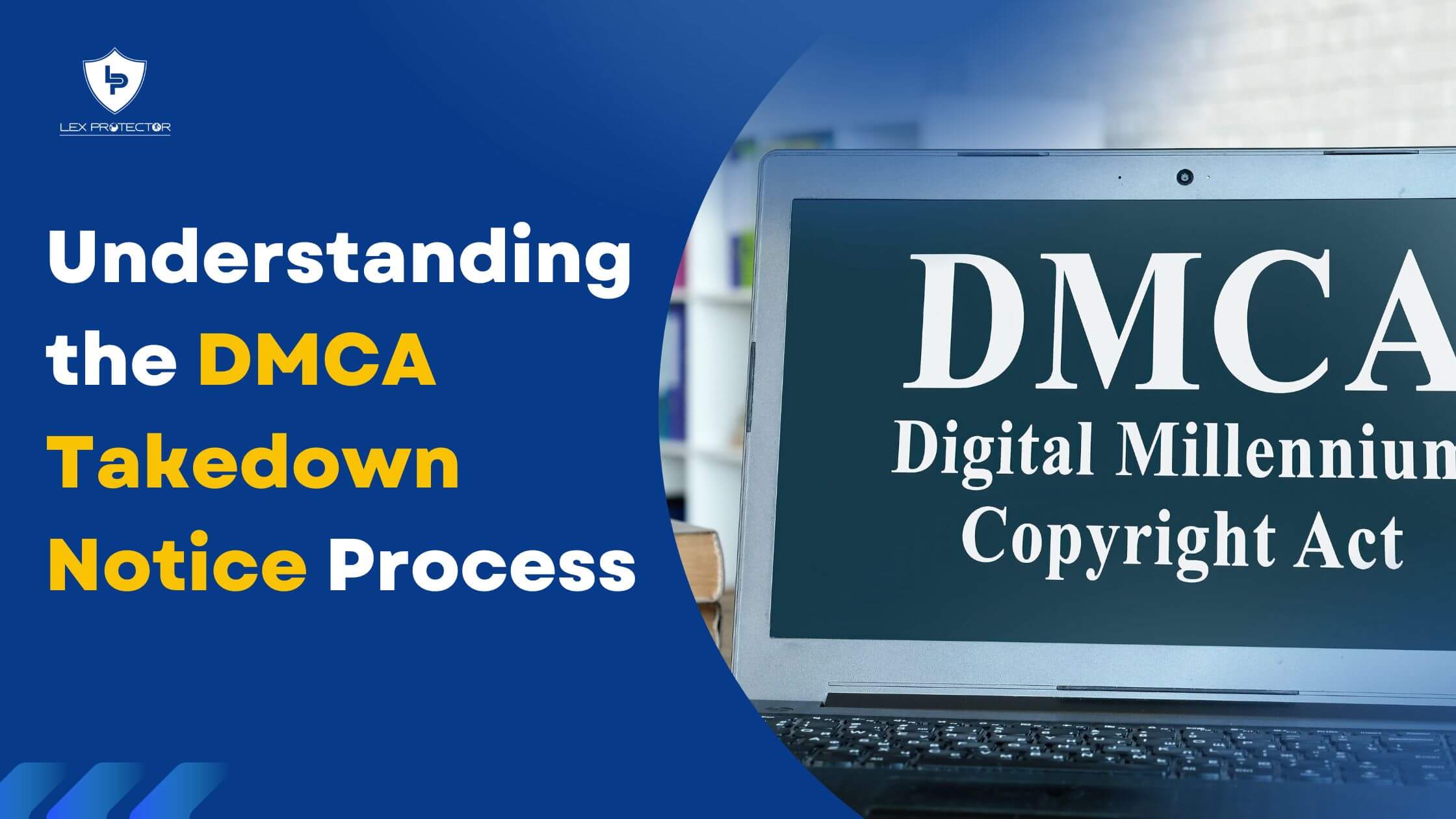What to Include in a DMCA Counter-Notice
- What Was Taken Down:
Clearly say what content was removed and where it was posted. Mention that you want to recover your content .
- Your Belief:
Stating that you honestly believe the content was taken down by mistake or that you have the legal right to use it, for example, under fair use or you own the rights).
- Your Contact Info:
It should include your:
- Full name
- Address
- Phone number
- Email address
- Willingness to Be Sued: Stating that you’re willing to accept legal documents if the copyright holder decides to sue you over the issue.
Conclusion
Receiving a DMCA takedown notice can be stressful but it doesn’t have to result in serious consequences if handled the right way. Taking prompt, informed, and responsible action is the best way to protect your rights and avoid legal risks.
Key Steps to Remember:
- Verify the Notice: Make sure the takedown request is legitimate and not a scam.
- Remove the Allegedly Infringing Content: Take down the content promptly to demonstrate good faith.
- Respond to the Notice: Acknowledge receipt and communicate your actions clearly.
- Consider a Counter-Notice: If you believe that the removal was a mistake and you have a valid legal right to use that particular material and you can request for restoration.
By staying calm, acting quickly and understanding your legal options, you can navigate the DMCA process effectively and keep your online presence protected and compliant.








 Mon-Sat 10am-7pm IST
Mon-Sat 10am-7pm IST